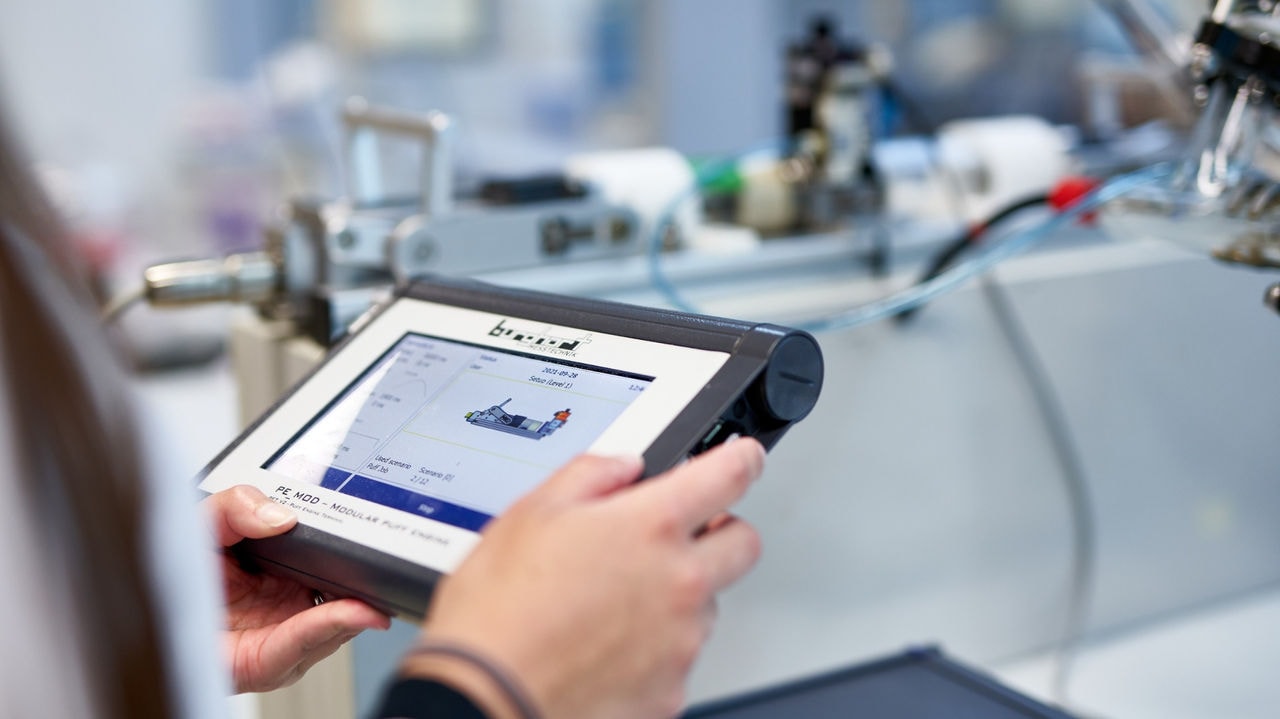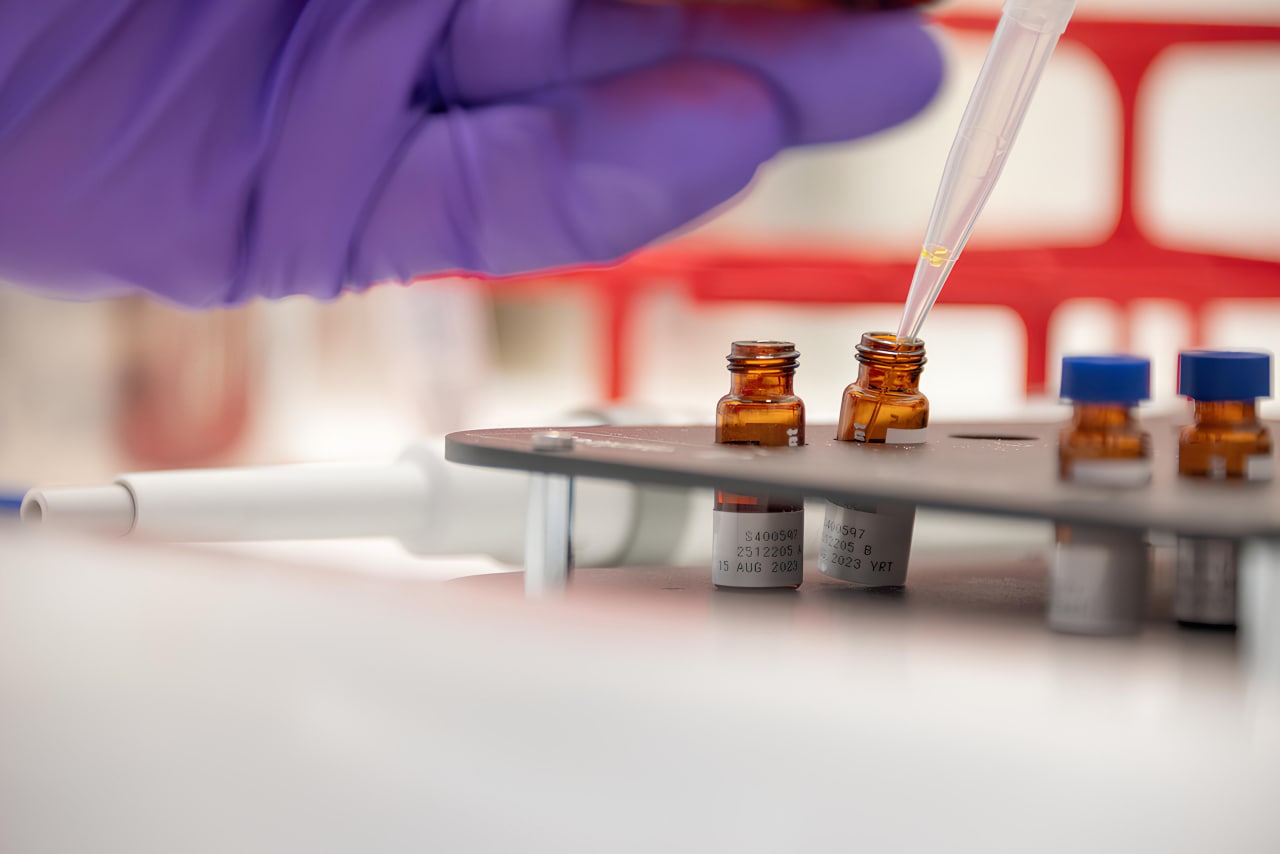PMI assessment of the KFDA statement
On June 7 2018, KFDA issued a statement on products that heat rather than burn tobacco (Heat-not-Burn, HNB in what follows). This statement is based on measurements performed in their own laboratories.
KFDA tested 3 HNB products, namely, IQOS from PMI, glo from BAT and lil from KT&G. They have measured 9 HPHCs (Harmful and Potentially Harmful Constituents), as well as nicotine and “Tar”. The 9 HPHCs belong to a list created by the WHO as a priority list for mandatory reduction[1]. To measure those levels, KFDA applied 2 well known smoking regimes (defined by their puff volume and frequencies), the ISO and the more intense Health Canada regime.
KFDA results confirm significant reductions of HPHCs in HNB products compared to cigarettes – but omit to discuss them
In their discussion, KFDA mentions that HNB products also contain carcinogens, like benzopyrene and benzene. What they fail to mention is that the levels measured are more than 10 times lower compared to the levels present in cigarette smoke. In fact, their own data shows that these 2 carcinogens are reduced by more than 95 % (for benzopyrene) and more than 99 % (for benzene) when comparing the levels of HNB products to the top 5 most sold cigarette brands in Korea.
When considering the 9 measured HPHCs, the average reduction of HNB products compared to Korean cigarettes (top 5 most sold brands) is more than 90 %. Their data therefore confirms our results, along with a growing list of independent laboratories that have performed similar measurements[2]. And this is precisely what HNB products were designed to do: reduce substantially the levels of HPHCs, the compounds that were identified throughout years of research on tobacco smoke as being the likely cause of smoker’s diseases.
KFDA uses “Tar” to compare product – a value that gives no indications on the content of HPHCs of products
The KFDA statement then makes comments about the respective levels of “Tar” in HNB products, in particular that the level of “Tar” is higher in some HNB products compared to cigarettes. To understand why this comparison has no scientific ground and is deceptive, it is important to understand the meaning and origin of “Tar”. “Tar” is simply the total weight of solid and liquid residue in cigarette smoke after the weight of nicotine and water has been subtracted[3]. It was originally introduced by the tobacco industry as a mean of quality control for cigarettes, to ensure consistency in the amount of smoke delivered by each cigarette.
But “Tar” fails to give any indication about the composition of the smoke, and in particular the amount of HPHCs. 2 cigarette brands having the same “Tar” levels may have, for example, very different levels of tobacco specific nitrosamines (TSNAs, known tobacco smoke carcinogens), which will depend on the types of tobacco used. This is why many governments and public health organizations have supported removing “Tar” measurements as being misleading to consumers. For instance, the World Health Organization (WHO), in a recent report on the scientific basis for tobacco product regulation[4], rejected the usefulness of including tar indications for consumers: “Tar need not be measured, as it is not a sound basis for regulation, and the levels can be misleading”. As a consequence, WHO has removed the “Tar” from its list of analytes to be measured in smoke, and their new list comprises 39 HPHCs, which is the only meaningful way to compare products from a health impact standpoint.
All these considerations are for cigarettes. What about HNB products then? With heated tobacco products, there is no combustion of tobacco. Instead, the tobacco is heated to generate a vapor with on average 90% lower levels of harmful chemicals. We have also demonstrated that IQOS vapor does not contain solid black carbon particles, which are present in cigarette smoke. In short, science shows that the vapor from heated tobacco products is fundamentally different to cigarette smoke. Any comparison of cigarette “Tar” and the weight of aerosol/vapor produced by HNB products is therefore a deception and misleading, as the comparison is done between the weights of 2 mixtures with very different compositions and toxicities.
Beyond HNB products, there are now other products on the market that deliver nicotine containing vapor, such as e-cigarettes. Similarly to HNB products, e-cigarette aerosol can be collected and weighed, using the same approach used to measure the cigarette “Tar”, or Nicotine-Free Dry Particulate Matter (NFDPM). Recently, Public Health England (PHE) has published on their website, a paper called “Clearing up some myths around e-cigarettes” (Martin Dockrell, Posted on: 20 February 2018) where they state: “E-cigarettes do not contain tar or carbon monoxide, two of the most harmful elements in tobacco smoke. They do contain some chemicals also found in tobacco smoke, but at much lower levels.”
HNB products and e-cigarettes have something in common: they do not burn tobacco and their vapors do not contain typical byproducts of combustion. Collecting and weighing their aerosol is of course possible, and is relevant in the context of quality control, for instance. But comparing these values to the weight of smoke produced by burning tobacco cannot be used to draw any conclusions on the risk profile of these products. Instead, any health impact assessment should be based on measuring levels of HPHCs, conducting toxicological and clinical studies.
In this context, it is important to note that the measurements of the exact levels of NFDPM for HNB products requires an adaption of the method to measure the true value of the water content. In HNB products, the amount of water in the aerosol is around 80 %. With such a high water content, the existing water determination methods developed in the context of cigarette[5] do not work, resulting in an under estimation of the true water content, as a significant amount of water is lost through the different measurement steps. This, in turn, results in an overestimation of the NFDPM levels. To be able to perform accurately this measurement, we have developed and published a specific method for water determination in high water content aerosol[6]. Since KFDA did not apply this method, their published values for the IQOS residue are over estimated by a factor of about 2.
HNB delivers levels of nicotine similar to cigarettes – this is by design
On nicotine, KFDA commented that nicotine in HNB products is similar to cigarettes, which is absolutely correct and intended as HNB products are meant to be a better alternative for smokers who would otherwise continue to smoke. In this context, product acceptance by adult smokers is essential. And to maximize product acceptance, the levels of nicotine should mimic cigarettes as closely as possible.
Smoking habits are important – this is why PMI places clinical studies at the core of its assessment program
Finally, KFDA concludes that “smoking habits including the total time of smoking, amount of inhaling, the depth of inhalation etc…” are important factors in the “degree of harmfulness”. This is precisely why our scientific assessment program for IQOS includes 10 clinical studies of up to 6 months where we could confirm a significant reduction in the exposure of harmful constituents in those who switched to IQOS. As a matter of fact, these reductions approached those observed in smokers who quit smoking during the duration of the study.
The study results thereby contribute significantly to the totality-of-the-evidence showing that switching completely to IQOS is likely to present less risk of harm than continuing to smoke cigarettes.
[1] Ref. WHO 9
[2] Mark Forster, Stacy Fiebelkorn, Caner Yurteri, Derek Mariner, Chuan Liu, Christopher Wright, Kevin McAdam, James Murphy, Christopher Proctor, Regulatory Toxicology and Pharmacology, vol. 93, page 14-33, March 2018
Bekki K., Inaba Y., Uchiyama S., et al. Journal of UOEH 2017: 39; 201-207
Mallock, N., Böss, L., Burk, R. et al. Arch Toxicol (2018) 92: 2145. https://doi.org/10.1007/s00204-018-2215-y
Xiangyu Li, Yanbo Luo, Xingyi Jiang, Hongfei Zhang, Fengpeng Zhu, Shaodong Hu, Hongwei Hou, Qingyuan Hu, Yongqiang Pang; Chemical Analysis and Simulated Pyrolysis of Tobacco Heating System 2.2 Compared to Conventional Cigarettes, Nicotine & Tobacco Research, , nty005, https://doi.org/10.1093/ntr/nty005
Institute for Public Health and the Environment (RIVM) Ministry of Health, Wellbeing and Sports, 2018
[3] In the ISO ISO 4387:2000 norm, « Tar » is referred to a Nicotine Free Dried Particulate Matter (NFDPM), a name that precisely describes the way it is obtained, i.e. by removing the water and nicotine levels.
[4] Report on the Scientific Basis of Tobacco Product Regulation: Fifth Report of a WHO Study Group, 2015
[5] ISO 4387:2000
[6] Beiträge zur Tabakforschung / Contributions to Tobacco Research. Volume 26, Issue 2, Pages 38–49, ISSN (Online) 1612-9237, DOI: 10.2478/cttr-2014-0008, July 2014


